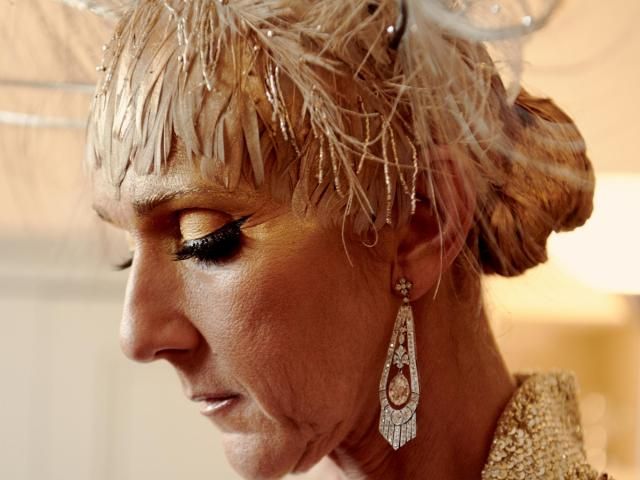Understanding Celine Dion’s rare neurological diagnosis
Stiff person syndrome causes stiffness in the back, legs, or feet and can lead to sudden and painful muscle spasms, resulting in falls. Celine Dion's diagnosis of stiff person syndrome in 2022 led to the cancellation of her world tour and severe physical limitations. The five-time Grammy winner shared her struggles with the disorder in an exclusive interview with NBC's Hoda Kotb. Dr. Marinos Dalakas from Thomas Jefferson University Hospital and Thomas Jefferson Department of Neurology has been researching the disorder for three decades. He said it typically develops in adulthood and is more common in women. The most common symptoms include sudden and painful muscle spasms, which can worsen over time. Increased awareness of the disorder has helped make neurologists and patients more aware of symptoms, but the disorder remains extremely rare. There is no cure but there are things that can help alleviate symptoms.

Được phát hành : 10 tháng trước qua WRAL trong Entertainment
Celine Dion shocked the world in 2022 when she announced she had a rare neurological disorder. Her stiff person syndrome diagnosis impeded her ability to perform and led to the eventual cancellation of the remainder of her world tour.
Fans saw her return to the stage briefly in February in a surprise appearance to present the Album of the Year Award at the 2024 Grammys.
At 56 years old, the five-time Grammy winner is sharing her struggles living with her diagnosis.
In an exclusive interview with NBC’s Hoda Kotb, Dion shared the first signs something was wrong came years before her official diagnosis.
Dr. Marinos Dalakas with Thomas Jefferson University Hospital and Thomas Jefferson University Department of Neurology said it is a common sentiment shared by those diagnosed with the uncommon disorder.
“Patients were having stiffness in the back or in the feet or in the legs and are going to orthopedists or other doctors,” he shared. “People who had the phobia of falling, they’re going to psychiatrists.”
Dalakas explained that has led to under diagnoses of the disorder.
The neurologist has researched stiff person syndrome for three decades. He said symptoms can vary in severity but typically start to develop in adulthood.
“It is very, very rare in children, but it can happen," he said. "It’s usually after the age of 18 and it is more common in women.”
Sudden and painful muscle spasms are the most common symptoms. The disorder can worsen over time, impacting a patient’s movements.
“These are sudden or unexpected and occur in the abdomen, in the back, in the legs, in the chest. They result in falls,” Dalakas said.
According to Dalakas, a stiff person syndrome diagnosis used to be considered one in 1 million.
Dalakas said increased awareness in the wake of Dion’s diagnoses has helped make neurologists and patients more aware of symptoms, though emphasized the disorder remains extremely rare.
The researcher shared those with stiff person syndrome are often also diagnosed with anxiety, which can worsen the impact of the syndrome on their daily lives by triggering more spasms.
“Patients develop phobias because they are afraid they may fall or may have a spasm, particularly when they are in public spaces,” Dalakas said.
Tara Zier said she visited John Hopkins three times before her own diagnosis came.
“I was in debilitating pain, no longer able to work, no longer able to care for myself or my kids, and facing a rare disease with no good treatment options and no cure,” she said.
She continued, “Patients can experience triggers where things like abrupt loud noises, touch, and emotional stress can trigger full body spasms where patients can freeze, fall, and sustain serious injuries. This can lead to a fear of leaving the home, isolation and depression.”
The many unknowns of the disorder, including its cause, is what led Zier to create the Stiff Person Research Foundation in late 2019.
“One of our main initiatives currently is an international patient registry and natural history study. This has never been done before for SPS,” Zier told WRAL News. “One of the biggest problems with research for rare diseases is not having enough patient data to study.”
Dr. Michael Cartwright, Atrium Health neurologist and neurology professor with the Wake Forest School of Medicine, explained there is no cure but there are things that can help alleviate symptoms.
“Muscle relaxants can help to treat the stiffness, and immune-suppressing medications can help treat the underlying disease,” he said.
Cartwright described the disease as “slowly progressive,” noting people can live decades with the disease, depending on its severity.
Sudden stiffness or difficulty walking can be early warning signs. If you experience any of these symptoms, talk to your doctor.
